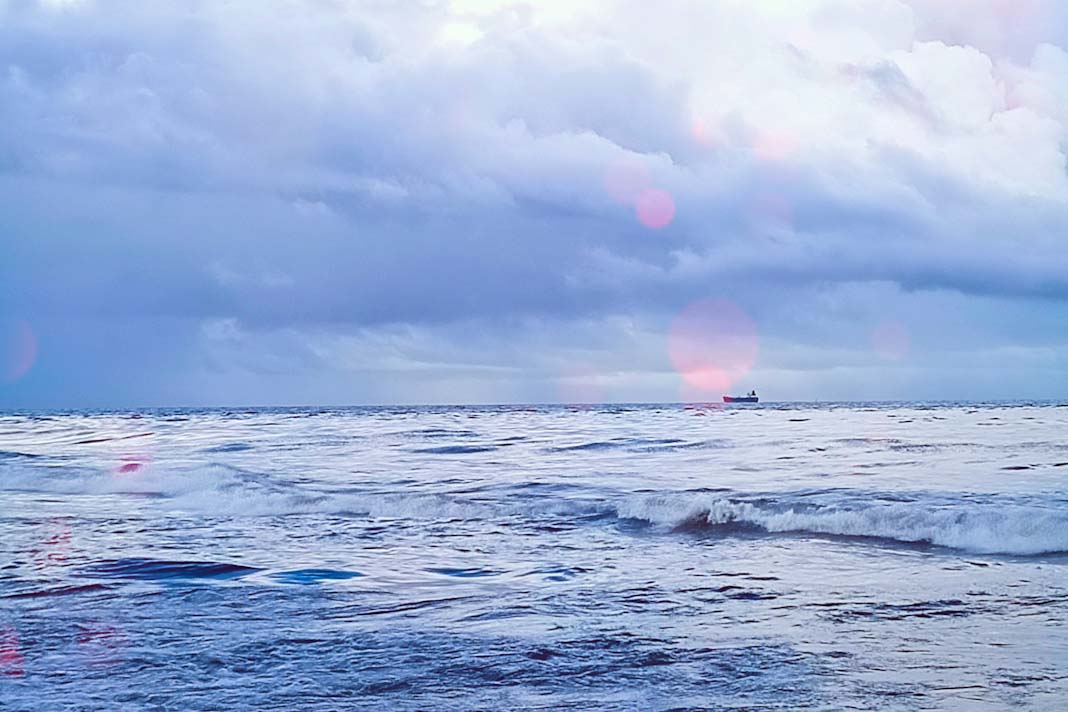
- New ship orders across dry bulk, tankers, and gas carriers fall significantly in H1 2025.
- High asset prices, regulatory ambiguity, and weak freight rates discourage owners.
- Container sector bucks the trend, showing order growth driven by decarbonization and vessel scarcity.
- Secondhand market remains active, particularly in the dry bulk segment.
The first half of 2025 marks a clear shift from the strong ordering trends of the past two years, with shipowners across key shipping segments showing renewed caution. Global newbuilding orders have declined sharply in the dry bulk, tanker, and gas sectors, with only container shipping seeing growth. While regulatory concerns and macroeconomic uncertainty play a role, the biggest deterrents appear to be high ship prices and underwhelming earnings.
Dry Bulk: Order Collapse as Oversupply Looms
Dry bulk newbuilding contracts totaled just 76 from January to June 2025, a steep drop from 355 a year earlier. Greek owners—long dominant in dry—placed only three orders versus 30 in H1 2024. The sector continues to suffer from weak freight earnings, as reflected in the Baltic Dry Index, which remains near multi-year lows. Sluggish Chinese demand for iron ore and coal is dampening trade flows, while expensive shipyard prices and an already oversupplied orderbook—1,600 bulkers are set for delivery through 2027—have forced owners to reassess new investments.
Tanker: Geopolitical Risks and Regulatory Fog Cloud Outlook
Tanker newbuilds fell nearly 80% year-on-year in H1 2025, from 486 to 102, with Greek orders declining from 100 to 32. While some of this reflects general market caution, earnings in key regions such as the Pacific have weakened, and instability in the Red Sea, Iran, and Ukraine continues to inject volatility. Uncertainty around decarbonization pathways—especially in propulsion and fuel—has left many owners delaying investments until greater regulatory clarity is achieved.
Gas: A Pause After the Boom
Gas carrier orders fell to 44 in H1 2025, from 158 a year ago. This decline, however, reflects more of a natural cooldown following the LNG ordering boom of 2023–2024. Owners are digesting recent investments, while capacity constraints at LNG-focused shipyards—some booked through 2028—are delaying new commitments. A lack of long-term charter coverage also makes speculative LNG orders more challenging.
Containers: The Lone Growth Sector
Boxship newbuilding surged, with 201 orders in H1 2025 compared to 170 the year before. Greek owners doubled their participation, reflecting strong interest in dual-fuel and eco-efficient designs. New orders are being driven by both sustainability pressures and a shortage of modern secondhand tonnage. The availability of shipyard slots for feeder and midsize vessels has also supported this rebound, unlike gas and tanker yards where slots are scarce.
Sale and Purchase Market
Dry Bulk
The secondhand market saw heightened activity, particularly across Capesize, Panamax, and Supramax segments. Notable deals include:
- Capesize: “Asian Blossom” (181K/2010 Imabari) sold for USD 28.5 million (2-year BBHP basis); “Mount K2” (176K/2011 Mitsui) fetched USD 26.5 million from Chinese buyers.
- Post-Panamax: “Azalea Wave” (95K/2013 Koyo) sold for around USD 17.5 million.
- Kamsarmax: “Avicl Artemis” (82K/2019 Jiangsu Jinling) achieved low USD 24 million; “Darya Shanti” (82K/2016 JNS, scrubber-fitted) sold for over USD 21 million.
- Panamax: “Ivestos II” (76K/2004 Tsuneishi) sold to Vietnamese buyers for USD 8.4 million.
- Ultramax: “Mona Lisa” (63K/2019 Imabari) sold for USD 28.5 million; “Hakata Queen” (60K/2016 Mitsui) went for USD 23 million.
- Supramax: “Tenro Maru” (57K/2016 Tsuneishi Cebu) fetched USD 21.5–22 million; “Medi Manila” (58K/2014 Tsuneishi Zhoushan) sold for USD 17.7 million. A pair of Chinese-built Supras—“SFL Humber” (57K/2012) and “SFL Kate” (57K/2011)—sold en bloc for USD 24 million.
- Handy: “Deneb Harmony” (37K/2020 Oshima) was purchased by Far East buyers for USD 24.5–25 million.
Tanker
Three tanker transactions were reported:
- Aframax: “Ise Princess” (105K/2009 Sumitomo) changed hands for USD 32.5 million.
- MR2: “Valrossa” (50K/2008 SPP) sold for USD 17 million; “San Fernando” (48K/2005 Minaminippon) committed for USD 12 million.
Did you subscribe to our Daily newsletter?
It’s Free! Click here to Subscribe!
Source: maritimes.gr
















